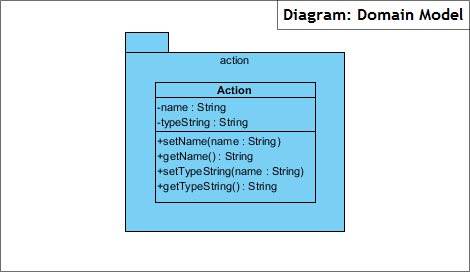
The behavior is described by the possible messages the class is able to understand, along with operations that are appropriate for each message. The strong, composite aggregations by the other connectors indicate ownership or containment of the source classes by the target classes, for example Contact and ContactGroup values will be contained in AddressBook.Ī class is an element that defines the attributes and behaviors that an object is able to generate.

The lighter aggregation indicates that the class "Account" uses AddressBook, but does not necessarily contain an instance of it. The diagram below illustrates aggregation relationships between classes. Generalizations, aggregations, and associations are all valuable in reflecting inheritance, composition or usage, and connections respectively.

Class diagrams are most useful in illustrating relationships between classes and interfaces. Class diagrams depict a static view of the model, or part of the model, describing what attributes and behavior it has rather than detailing the methods for achieving operations. The class diagram shows the building blocks of any object-orientated system. UML 2 Tutorial - Class Diagram Class Diagrams


 0 kommentar(er)
0 kommentar(er)
